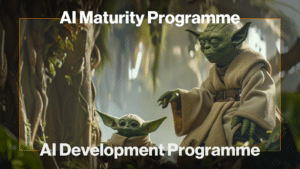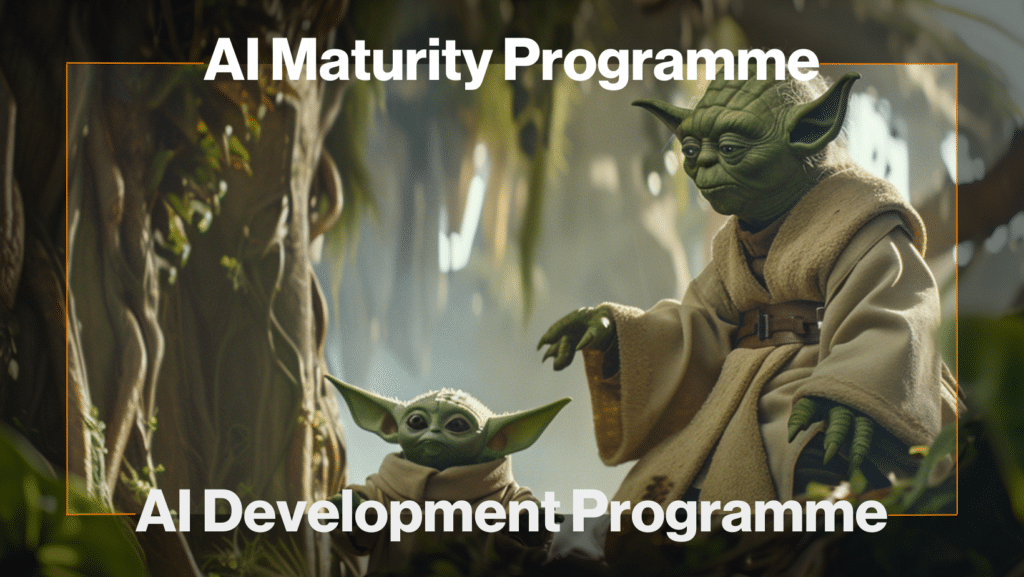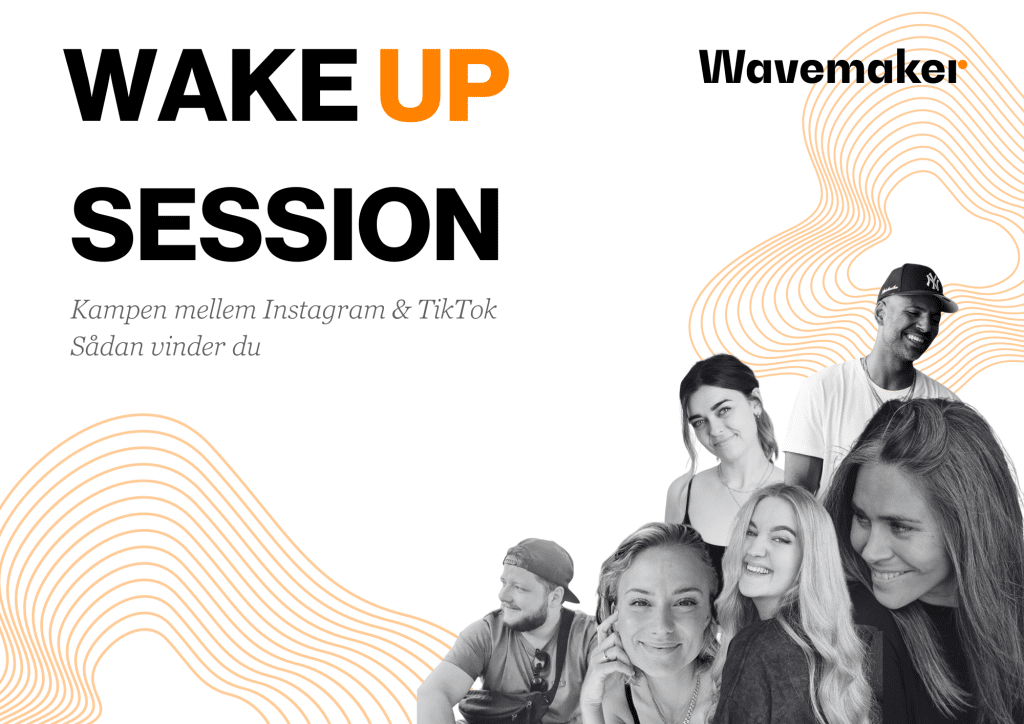Today’s CMOs need to master the interoperability of their brand thinking
Matthew Cox
Source: WARC Best Practice, October 2023
CMOs often struggle to articulate their value in comparison to other C-suite counterparts – this article explores how CMOs can not only be better understood but also revered, extending their tenure and influence as a result.
- Advice includes the importance of mastering interoperability for CMOs, how and why to transition from storytellers to system designers and lessons from Disney, Nike and Lego on pioneering interoperability.
- Today’s CMO should blend their traditional branding prowess with a keen understanding of technology, ensuring that they’re telling a brand’s story and building its system for a consistent and impactful presence.
Introduction: The ever-changing role of the CMO
The chief marketing officer’s role is as dynamic as the marketing landscape itself. With a myriad of responsibilities, it’s unsurprising that many CMOs struggle to articulate their value in comparison to other C-suite counterparts.
One glaring gap in many CMOs’ arsenals is the capability to ensure a brand’s creative and communications strategy is fully interoperable, not just at the surface level in a TV advert for example.
By this, I mean achieving full buy-in across other C-Suites and actually demonstrating what CMOs do and how that converts into business value.
In a Deloitte survey of C-suite executives, only 17% said they collaborated with the CMO in the last 12 months.1
Only 35% of marketers report that they use “an integrated marketing team in which marketing and finance experts work together.”2
The core of interoperability
Brands, in this era, must operate seamlessly end-to-end across the marketing funnel, covering the full remit of customer communications, asset management, and experiences.
Traditional methods have prioritised upper-funnel communications, leaving the deeper layers of brand interactions largely untouched. This is perhaps simply due to a disconnect between advertising and marketing, but I believe it goes much deeper than just that.
In a tech-driven environment, a brand’s essence should be more than just a narrative in above-the-line media channels. It must be an experience, a palpable interaction, and an immersive journey. In the absence of such a holistic approach, the dream sold to customers remains just that – a dream, rather than a tangible experience. It’s no wonder sales or finance leaders often struggle to see the value of what the CMO is up to.
A study by Forrester found only 30% believe their Marketing and Sales goals are well aligned.3
Advertising Execs are pretty much on par with politicians when it comes to trust across the general population. In the Ipsos Veracity index it’s basically a yearly battle between politicians and advertising execs for who scores the lowest in terms of perceived trust.4
The financial and strategic discrepancy
Gartner’s recent CMO survey showed ‘Brand Strategy & Activation’ was the number one investment priority alongside campaign creation and management5
Investments across brand strategy and activations mean very little if brands fail to create an integrated ecosystem that can be leveraged and activated across the organisation, beyond siloed communication channels. Activities must become part of the long-term DNA of the business’s operation. As Daniel Kahneman’s research has indicated, a single negative experience at key points of a customer’s journey can redefine a brand’s narrative, rendering significant investments fruitless. What good is your social-first snazzy, monetised community business model, that drives demand up the wazoo if the actual product you’re flogging is appalling. The brand strategy and activation must be delivered across the full customer journey and ideally the entire life of the product to maximise the value you are delivering people through your brand strategy.
Pioneering interoperability: Lessons from the past from Disney and Nike
Disney’s intuitive approach to brand systems is a testament to the power of interoperability. Their Blu-ray strategy which I was involved with demonstrates my age, and envisioned a shoppable ‘Confessions of a Shopaholic’ giving the viewers the ability to speak directly to fashion designers featured and buy all the on- screen looks, hinting at what the future might hold for platforms like Disney+.
On the other hand, the Nike+ Fuelband – winner of the Titanium Grand Prix in 2012 – remember old examples aren’t automatically outdated and useless – still stands out as a groundbreaking ‘system of value’ integrating brand thinking into communications, asset management, and experiences. This case study was one of the reasons I joined the industry. Unfortunately, with the tech landscape evolving rapidly, such innovations can become obsolete, as seen with Apple’s incorporation of the Nike+ partnership, rendering Nike’s bespoke platform, hardware and software redundant. But Nike Run Club has recently become part of Strava, igniting a Nike+ rebirth of sorts.
I for one am also looking forward to seeing if Nike can pull off their latest web3 brand system experiment with RTKFT x Nike cryptokicks. I really see this as picking up where things left off with Nike+, alongside past activations such as ‘Fuelbox’ creating an economy within the system itself.
A future vision for brand systems: Lessons from Disney and Lego
It’s not enough for brands to merely adopt technology; they must engrain their brand essence into it. Most streaming platforms, for instance, lack distinctive brand ownership in their tech, making them indistinguishable from one another. Although I expect Disney+ to change this over the coming years. As Disney has shown from their original 1957 ‘synergy map’. Disney reflects their brand across all areas of their operation. Disney+ has the opportunity to become the new heart of this map, creating ‘Disney as a service’, where Disney is in complete control of the end-to-end brand experience.
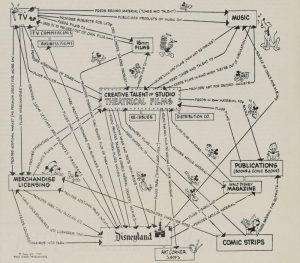
Lego has demonstrated the value of this, reengineering their loyalty programme Lego VIP into Lego Insiders. It’s now less of loyalty programme and more of an all-inclusive digital profile to access all of the company’s digital platforms. If, for example, you sign up for one (like Insiders), you also get access to Lego Ideas and Lego Life, without signing up separately. It’s like the digital representation of your relationship with Lego. This is interoperability, internally within LEGO and for customers there is clear front door to experience the brand and where experiences can all feed from. This can give Lego a much better hold on the end-to-end brand experience.
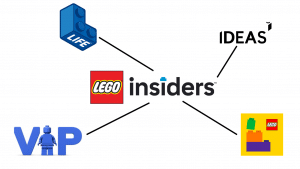
As a strategist with over 12 years of experience, I’ve seen firsthand the transformative power of blending brand vision with technology and owning the end-to-end brand experience. Implementing interoperable brand systems isn’t a mere luxury – it’s a necessity for CMOs aiming to extend their influence and impact.
Conclusion: Carving a new path for CMOs
CMOs should transition from crafting intangible stories to tangible system designs, particularly through technologies that can magnify brand thinking at scale. By doing so, they can cement their place in organisations, bridging gaps between specialties, and ensuring that the CMO role is not only preserved but also revered.
Today’s CMO is no longer just a storyteller but also a system designer. And in this dual role lies the future of impactful, scalable, and truly interoperable brand marketing.
Here are three things that CMOs can do to ensure they keep on this path:
1. Holistic brand experience
Ensure seamless integration: CMOs should ensure that their brand operates seamlessly across various channels, from communications and asset management to direct customer experiences. They should work with their teams to conduct a thorough audit of all touchpoints to ensure the brand’s essence permeates throughout. This involves aligning everything from ad campaigns and PR communications to in-store experiences and online interactions.
Make the brand tangible: Instead of just relying on narratives in media channels, invest in technologies and initiatives that create tangible and immersive brand interactions. This could include AR/VR/AI/Web3 experiences, interactive online platforms like Lego Insiders, or even partnerships that allow customers to experience the brand in new and engaging ways.
2. Integrated brand ecosystem
Internal collaboration: Collaborate with different departments to create an integrated brand ecosystem. This requires connecting the dots between branding, IT, sales, and other departments to create a cohesive brand experience that’s consistent across different platforms and departments.
Proactive approach to negative experiences: Being aware that a single negative experience can redefine a brand’s narrative, CMOs should have strategies in place for immediate damage control and brand reinforcement when things go wrong.
3. Future-proofing brand systems with tech
Incorporate brand essence in technology: Rather than merely using technology as a tool, CMOs should look to integrate the brand’s core values and essence into technology. This could mean personalising AI chatbot interactions and ensuring that the brand’s tone and style are reflected in all technological interfaces. Lego Insiders is a great example of centralising the core experience and brand benefits to align the business and marketing practices around one core front door. AI will also be an interesting area that could help simplify the brand experience and implementation process across the board, from policing brand guidelines to keeping all the activities aligned and on strategy.
Constantly innovate and adapt: Taking lessons from examples like Nike’s partnership becoming redundant after Apple’s incorporation of the core technology, CMOs need to stay ahead of the curve and own their product roadmap. Nike continues to demonstrate how they future proof themselves through partnerships with Strava, acquisitions like RTFKT and Disney proving they don’t rest on their laurels, creating their own streaming platform that has the potential to be the core of their future growth. Brands must keep an eye on technological advancements, be willing to pivot when necessary, and always be on the lookout for new ways to integrate the brand into evolving platforms.
In summary, today’s CMO should blend their traditional branding prowess with a keen understanding of technology, ensuring that they’re telling a brand’s story and building its system for a consistent and impactful presence.
References
About the author
Matthew Cox
Senior Strategy Director, Wavemaker Denmark
Matthew Cox is a brand, communications, and customer experience strategist at Wavemaker Denmark. With over a decade of experience, including stints with The Walt Disney Company where he pulls a lot of his inspiration, he specialises in translating brand visions into tangible experiences at scale.

